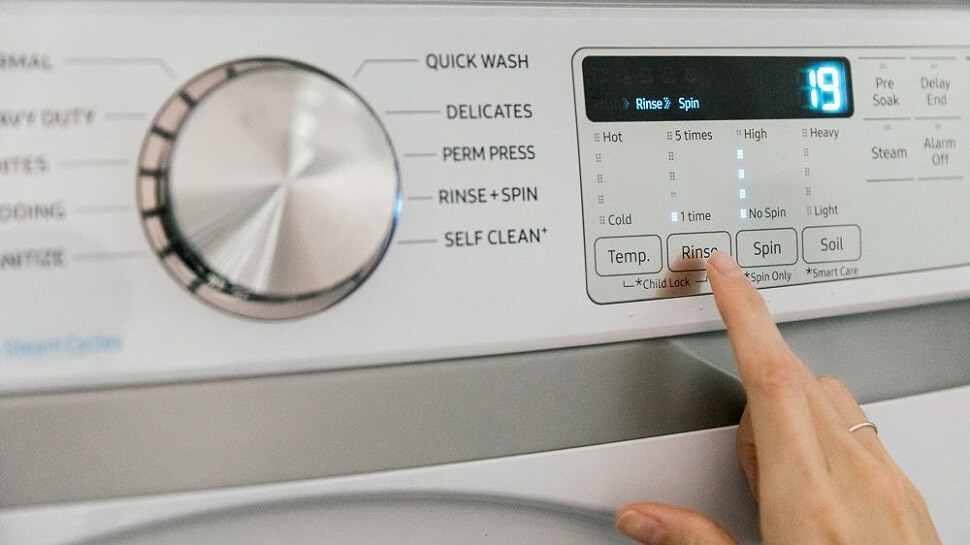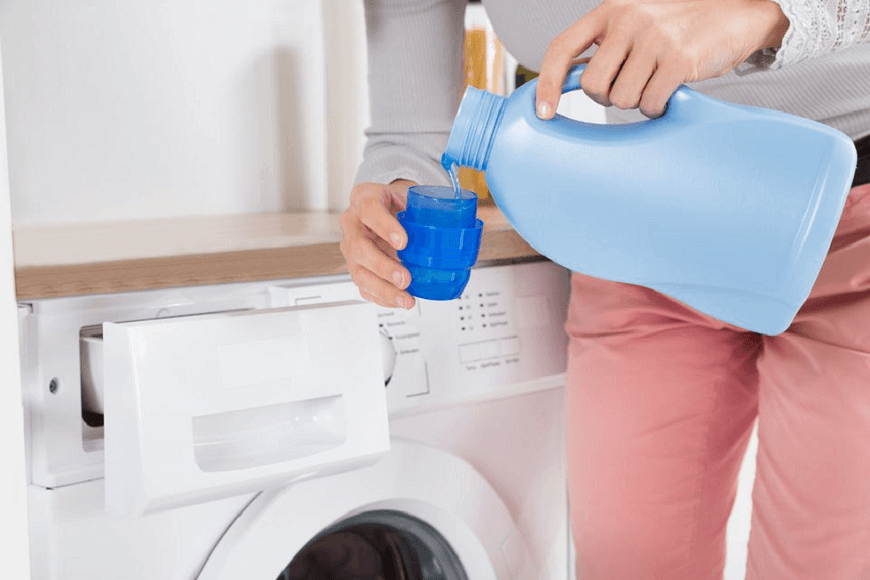Tips for People with Allergies in the Laundry

For individuals with allergies, washing and drying clothes goes beyond simply removing dirt and grime. Seemingly clean clothing can trigger skin irritation for various reasons. Common culprits include dust mite allergies, but mold, pollen, chemicals, and certain fabric types can also lead to laundry-related allergic reactions.
The good news is that with a little knowledge, you can easily prevent all of these laundry allergies. Explore these top three laundry tips from our laundry services to find solutions for all your laundry-related allergy concerns.
Laundry Services Tips for Allergic People:
#1 – Clean Up Your Laundry Area and Washer/Dryer:
One of the best ways to manage allergies, whether from mold in your home or outdoor pollen, is to thoroughly clean your washer and dryer. Regularly cleaning the lint trap of your dryer and the inside of your washing machine helps prevent mold growth. Consider running an empty wash cycle in your machine to help eliminate allergens without transferring them to your clothes. For added protection against mold, use an empty load with a capful of bleach to kill any allergens lurking in your washing machine.
It’s also crucial to keep the area around your washer and dryer clean. Due to their inherent humidity and darkness, laundry rooms can be breeding grounds for mold. Wipe down the walls and floors with a mold-killing sanitation wipe (or use a towel soaked in warm water and bleach). Don’t forget to clean the hard-to-reach areas beneath your washer and dryer as well.
#2 – Choose the Hottest Setting:
If you’re allergic to dust mites—or more specifically, their droppings—the most effective way to prevent irritation is to wash your clothes in the hottest water setting and dry them on high. Dust mites thrive in fabric, making your clothes, particularly your linens, prime targets for exacerbating allergies.
To ensure you’re eliminating all dust particles from your fabrics:
- Wash your items in water that exceeds 130 degrees Fahrenheit.
- Wash your bed linens and pillowcases at least once a week at this temperature, given the time you spend sleeping.
If you’re concerned that hot water may damage your clothes, consider using professional laundry services like Whiteice Laundry. They can make any garment look its best.
#3 – Choose Allergy-Sensitive Detergent:
Allergic reactions to laundry detergent ingredients can occur from time to time. Individuals with sensitive skin are especially vulnerable to irritation from detergents containing dyes and added fragrances. What gives your laundry its fresh scent could also be responsible for skin breakouts. To avoid this, opt for a sensitive detergent that is both colorless and fragrance-free. While various detergents offer hypoallergenic options, many powdered detergents meet these criteria.
Conclusion:
Allergies can be exhausting, but implementing these tips will lead to an immediate improvement in how you feel at home. Don’t fall into the trap of believing that laundry-related allergies are unavoidable! Allergy-inducing chemicals can linger in your clothes and may seem impossible to eliminate, remaining invisible to the untrained eye. Fortunately, these straightforward solutions will completely change your laundry experience, whether your allergies stem from mold, dust mites, pollen, or harsh dyes and fragrances.










